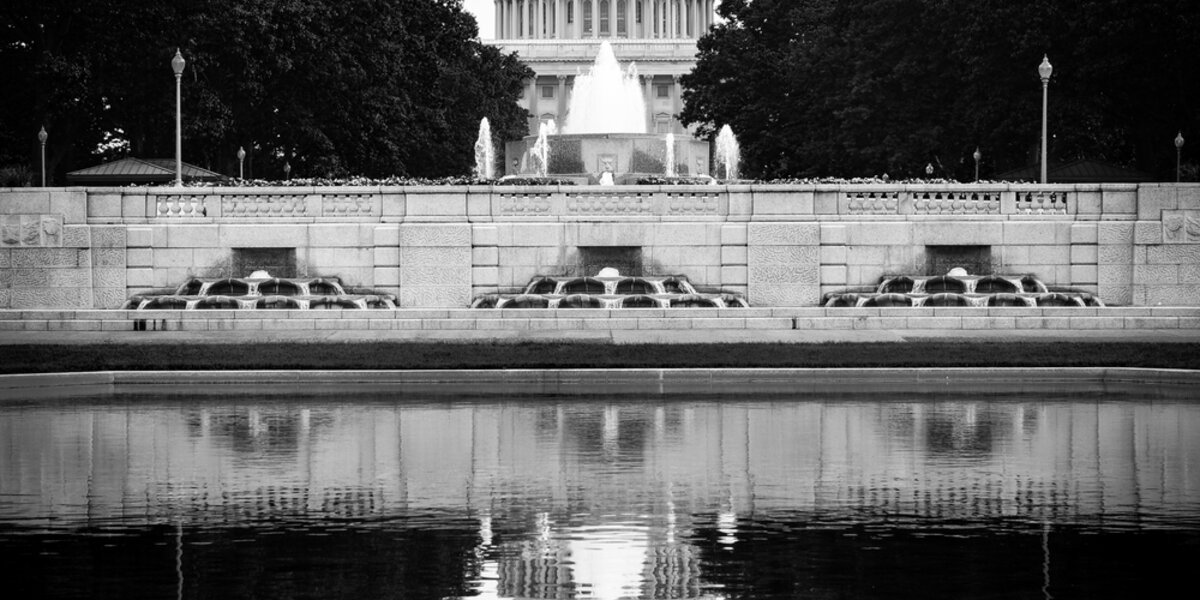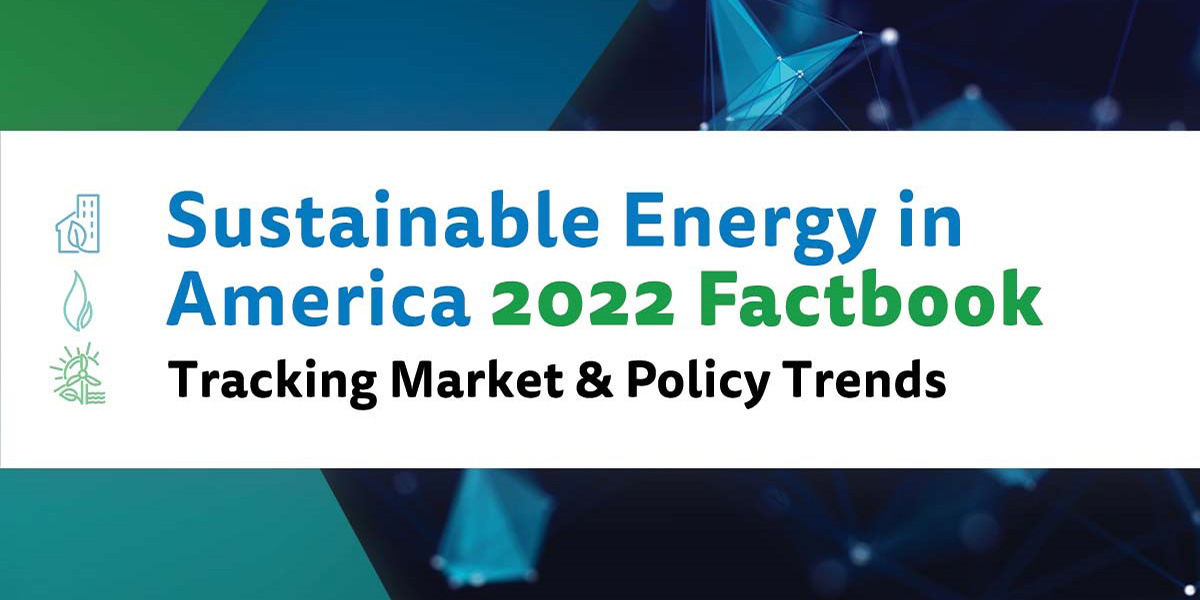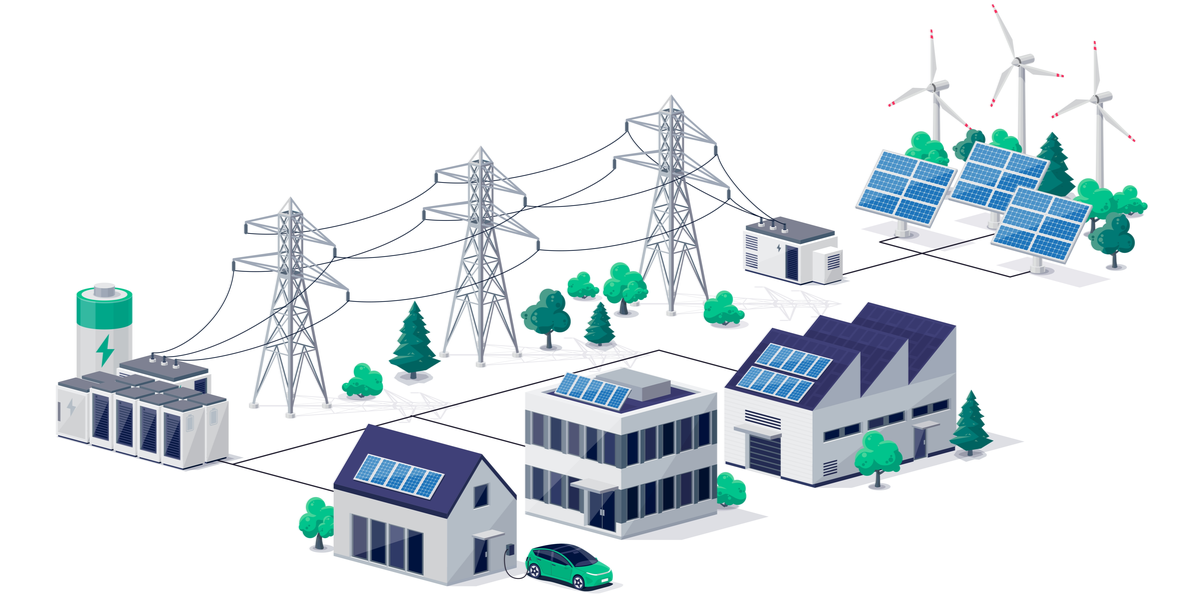Looking Forward to 2015 and Beyond with Sen. Murkowski’s Energy 20/20
Let's Save Energy
Alliance to Save Energy's Blog
Looking Forward to 2015 and Beyond with Sen. Murkowski’s Energy 20/20

With the start of the 114th Congress, many are wondering what the changes in Senate leadership may mean for the future, especially for the future of energy. House Energy and Commerce Chair Representative Fred Upton (R-MI) and Senate Energy and Natural Resources Chair Senator Lisa Murkowski (R-AK) have both indicated an intention to work to craft comprehensive energy legislation in the 114th Congress.
Rep. Upton released his “Architecture of Abundance” plan in July 2014. Upton’s plan consists of five pillars that address current energy issues while also providing a foundation for future energy policy. For more about Rep. Upton’s plan, see Alliance’s blog post on the topic.
Senator Murkowski, the new leader of the Senate Energy and Natural Resources Committee, released her own plan in February 2013 entitled, “Energy 20/20: a Vision for America’s Energy Future”. We expect this plan will shape Senator Murkowski’s energy agenda in the 114th Congress.
Overall, Murkowski’s plan provides a forward-thinking outline of energy policy prescriptions and goals to be accomplished by the year 2020, including ideas to increase energy efficiency. The plan’s overarching goal is “to make energy abundant, affordable, clean, diverse, and secure.” Many of the priorities laid out by Senator Murkowski’s energy blueprint are in line with those of the Alliance’s Energy 2030 plan, which aims to double energy productivity by 2030.
The 20/20 Plan
The Energy 20/20 plan includes ideas under seven categories: producing more, consuming less, clean energy technology, energy delivery infrastructure, effective government, environmental responsibility and “an energy policy that pays for itself”.
Specific policy prescriptions from Energy 20/20, designed to enhance energy efficiency:
- A recommendation that the Government Accountability Office review the funding and performance of the Department of Energy’s energy efficiency programs and, accordingly with the findings of their review, suggest appropriate authorization levels. The report states that streamlining and consolidating these programs should be a top priority, in order to make programs more effective.
o The Alliance’s Energy 2030 plan also recommends the reform of government regulations to more directly target energy efficiency. Representative Upton’s pillars suggest regulatory reform as well, albeit to increase transparency and update regulatory processes in order to more easily facilitate the construction of new energy projects.
- Energy efficiency improvements for residential and commercial buildings through public-private partnerships or other financing mechanisms. The report advocates for this approach as being “cost-effective” way of upgrading and retrofitting existing buildings in a time of slow growth for new construction. The report also identifies the challenge that arises from the potentially high initial costs of energy efficiency upgrades.
o The Alliance has also advocated for alternative financing programs to encourage energy efficiency, such as Energy Savings Performance Contracts and Utility Savings Performance Contracts, public-private partnerships, and Property Assessed Clean Energy Financing for commercial and residential properties. These types of programs can encourage energy efficiency upgrades in buildings by offsetting the high initial costs of installing improvements.
- Energy efficiency tax extenders, such as incentives for appliance upgrades and energy efficiency renovations. The report notes that tax incentives for energy efficiency are part of a fiscally responsible path forward and should be addressed in the context of other subsidies.
o Similarly, the Alliance has advocated for the extension of significant energy efficiency tax incentives; most recently with the EXPIRE Act, for the long term extension of energy efficiency tax incentives in that act, beyond the one or two year limit initially proposed.
- Senator Murkowski makes clear that she is in favor of an energy policy that promotes the increased domestic production of all fuel types, but that also attempts to make energy more abundant and enhance productivity by encouraging energy efficiency.
o This coincides with two of Representative Upton’s pillars; one of which is to support diverse forms of energy production and the other, which promotes energy efficiency as a cost effective means of increasing productivity. The Alliance advocates from a fuel-neutral position that we should use all energy better, deploying energy efficiency as an economic driver.
The Alliance urges the 114th Congress to prioritize the goal of doubling our nation’s energy productivity by 2030. We look forward to working with Senator Murkowski, Representative Upton and the members of the 114th Congress to pass significant energy legislation in 2015.
STAY EMPOWERED
Help the Alliance advocate for policies to use energy more efficiently – supporting job creation, reduced emissions, and lower costs. Contact your member of Congress.
Energy efficiency is smart, nonpartisan, and practical. So are we. Our strength comes from an unparalleled group of Alliance Associates working collaboratively under the Alliance umbrella to pave the way for energy efficiency gains.
The power of efficiency is in your hands. Supporting the Alliance means supporting a vision for using energy more productively to achieve economic growth, a cleaner environment, and greater energy security, affordability, and reliability.



